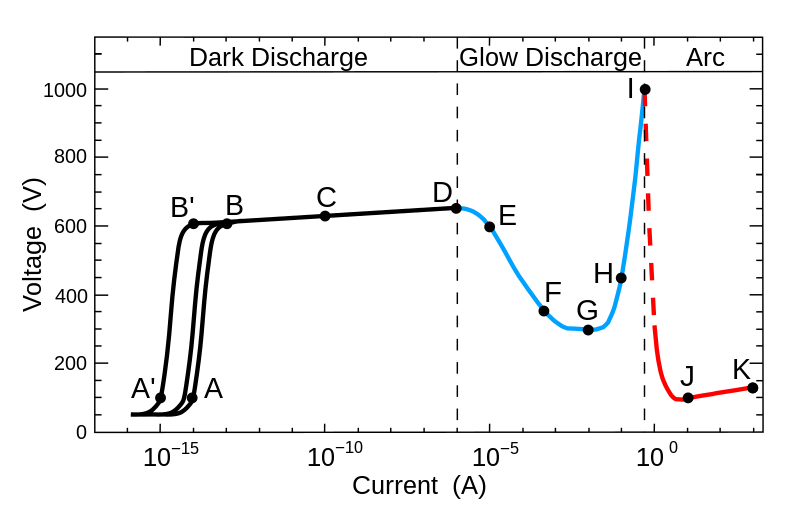SS, i have a hard time here with this discussion, for one main reason,
If your out to debunk something you will indeed do it, that's easy.
If your out to succeed in reproducible effects that have been achieved by 3 independent persons and documented, then you will.
what I'm saying is that everyone here is out to prove something right, and also look for new incite that is normally not used in "Standard electrical theory" but rather is more in the field of understanding the physics of reality.
This takes open minds. looking at everything with question, asking the fundamental questions needed to ask whats really going on here.
what I'm saying is that every test your posing has logic and reason. and your looking for "Standard electrical theory" outcomes. and you will find them if that all your looking for.
you will find what you look for...
everyone else here is challenging those "Standard electrical theory" and so far has found a lot that just dont quite fit. globally things "work" but your telling me that there has been no real new understanding of the basics in over 200 years.
yes, I'm not an expert in all the "Standard electrical theory" and id hate to spend a life time re learning everything that is taught only to find out that its not what I'm looking for.
instead, i rather look for something new, a new way to treat systems that other wise are not fully understood.
if i'm wrong ill state so, and if i'm right ill state so. i'm an hoist man, for the better or worse. im looking for new understanding. not whats already understood.
enough of that,
what have we learned,
when we first set up the coil at the temp lab, there was a lot of very interesting things going on,
The coil was putting out a "wind" i could feel through a thick rubber glove.
when adding the only cap we had things acted totally differently than they do now.
i moved everything to its " home" location and all the same things did not reappear.
what dose this mean? this means that "Standard electrical theory" dose not seem to fit the bill here. Things Changed, just because of the environment. so that's key one.
secondly, we are testing all the same things calmed in all the tech briefs, mostly by Hastings, but there are others. ( if you did not read the 2 reports in the book you should also read those)
so far we have seen hints of the phenomenon but no real conclusions yet. i feel better control of the coil will help us take all the questioning factors out of the testing.
also, i believe we are below the required input voltage to see fully some of the effects. ( the ones i talk about in my DOC about RF and series resonance coupling to ground) and because this is Richards coil... im not going to blow it up... when i get the other coil in i will max out the voltage and i guarantee ill see it then.
in the end, i'm looking for any and all of those said clams in the information from Hastings and others. so far i have seen small clues that tell me that im on the right track.
the main thing is that this coil was used for RF. and not magnetic induction effect. so trying to reach the magnetic induction effect with this coil might not get us there...
I need a new geometry to see that more clearly.
lastly, I'm also trying some of my own ideas. ideas that i see might work as each time i test this coil i see something new that i might be able to take advantage of.
such as the effect that the coil can have extra current in it due to the induction effect. then the question is, how can I extract that. and it so seems that i can by using the SRF and shorting the coil in to a cap at the right time as with an open ended coil there is no CEMF and no induction effects to stop the flow of current. so IF the current is pushed out to the ends of the coil as it seems to be, then can we can also neglect the resistance of the coil? all questions I'm out to see he result of.
in the end, you will find what you look for, or you'll look like a foul trying, and I'm good with that.
ive seen a lot of very creditably people receive here Nobel prize many years (or after there dead) after they got shunned out of there own field of interest by others who say "that's impossible" when come to find out... they were right and everyone else was to stubborn in there ways to except it.
kn, enough of that rant,
i got to get to work,
i think you see my point.
~Russ
PS. there is things in the transient part of the systems that can not be explained by current understanding. This is the field i play in... and i love it! this makes me tick... there is more to understand... "WE" dont understand EVERYTHING.. we just think we do...


